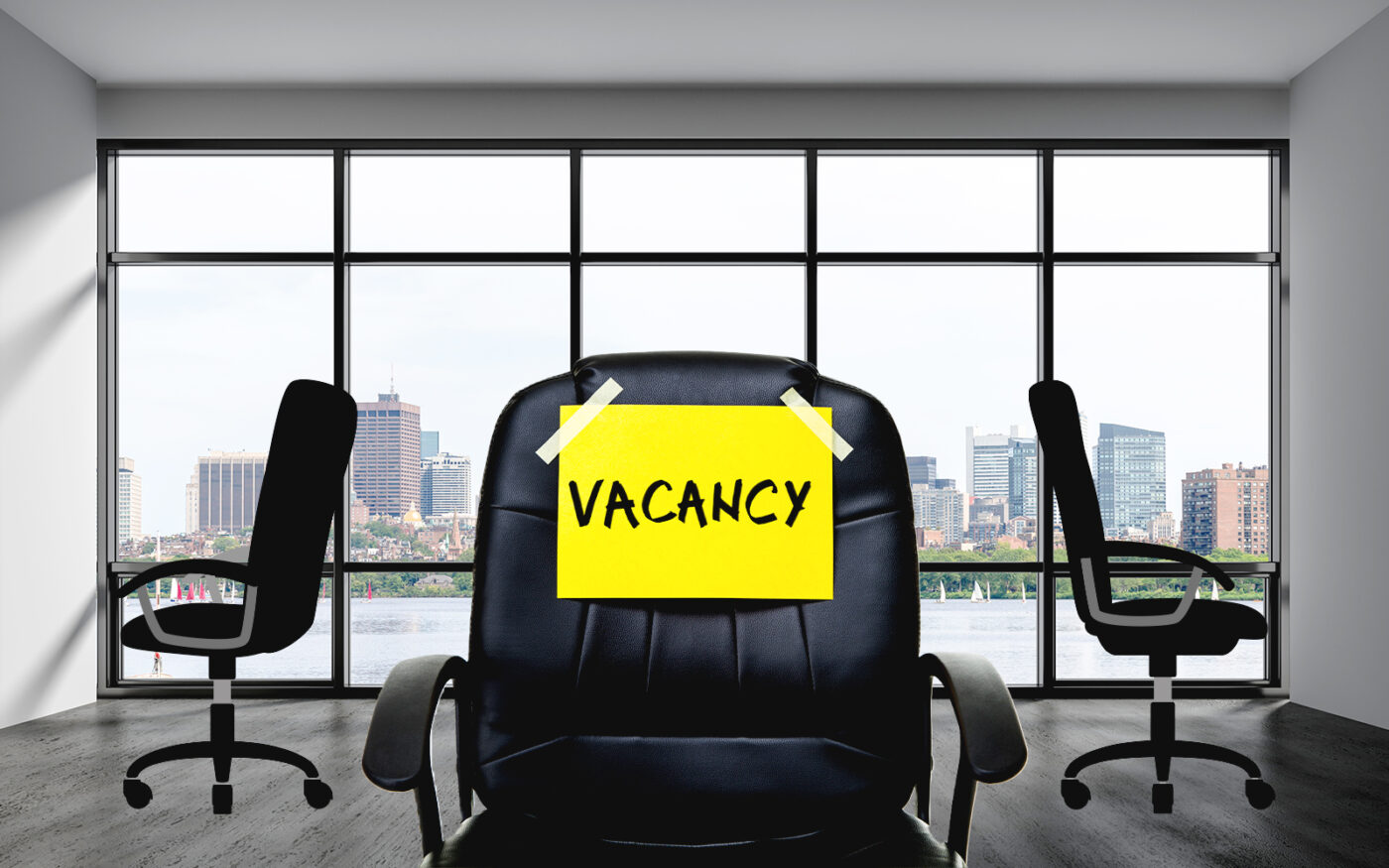Six of Boston’s submarkets recorded office occupancy gains in the third quarter. That’s essentially where the good news ends for the city’s office market.
Last quarter was another difficult one for Beantown’s office landlords, according to Boston Real Estate Times. Vacancies increased throughout the city, particularly downtown.
Overall vacancy surged to 15.6 percent in the third quarter following the sharpest increase since the start of this economic cycle, according to data from Cushman & Wakefield. The rise in vacancies was driven by the city’s downtown submarkets, where vacancies climbed to 18.4 percent, jumping six times higher during the quarter than its suburban counterparts.
Leasing activity across the market dropped nearly 30 percent from the previous quarter. There were 1.2 million square feet of leases signed last quarter in Boston and 4.4 million square feet year-to-date.
Boston has recorded a negative net absorption of 2.6 million square feet so far this year.
What’s unfolding in Boston is not any different than the struggles being felt in other office markets as companies and landlords adjust to the permanence of hybrid and remote work environments. But the examples keep coming that demonstrate the City on a Hill’s office downslide.
Read more



Last month, real estate firm Synergy Investments snapped up 13-story One Liberty Square in the Financial District downtown for $45 million, a 17 percent decrease from what the building was valued at a decade ago. That deal was the second office building sale in as many months in Boston and the city’s largest office transaction in 18 months. The property is between 70 and 80 percent occupied.
Other commercial sectors are holding up better in Boston these days. The overall asking rent in the industrial market rose 3.9 percent quarter-to-quarter and leasing activity jumped 11 percent from the previous period. In life sciences, meanwhile, Boston witnessed a 31.2 percent increase in leasing activity from the second to third quarter, though vacancy rose to 16.9 percent.
— Holden Walter-Warner
